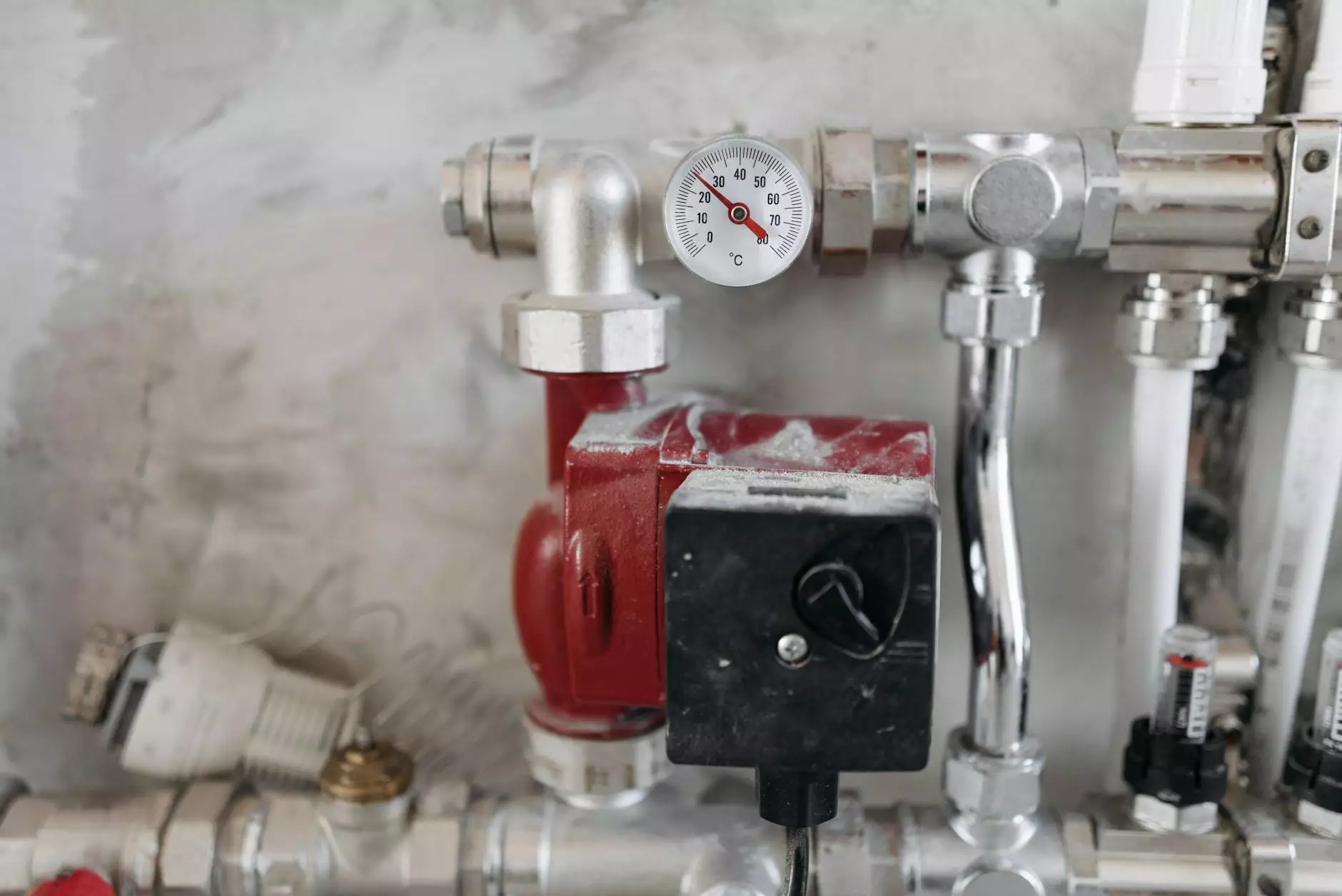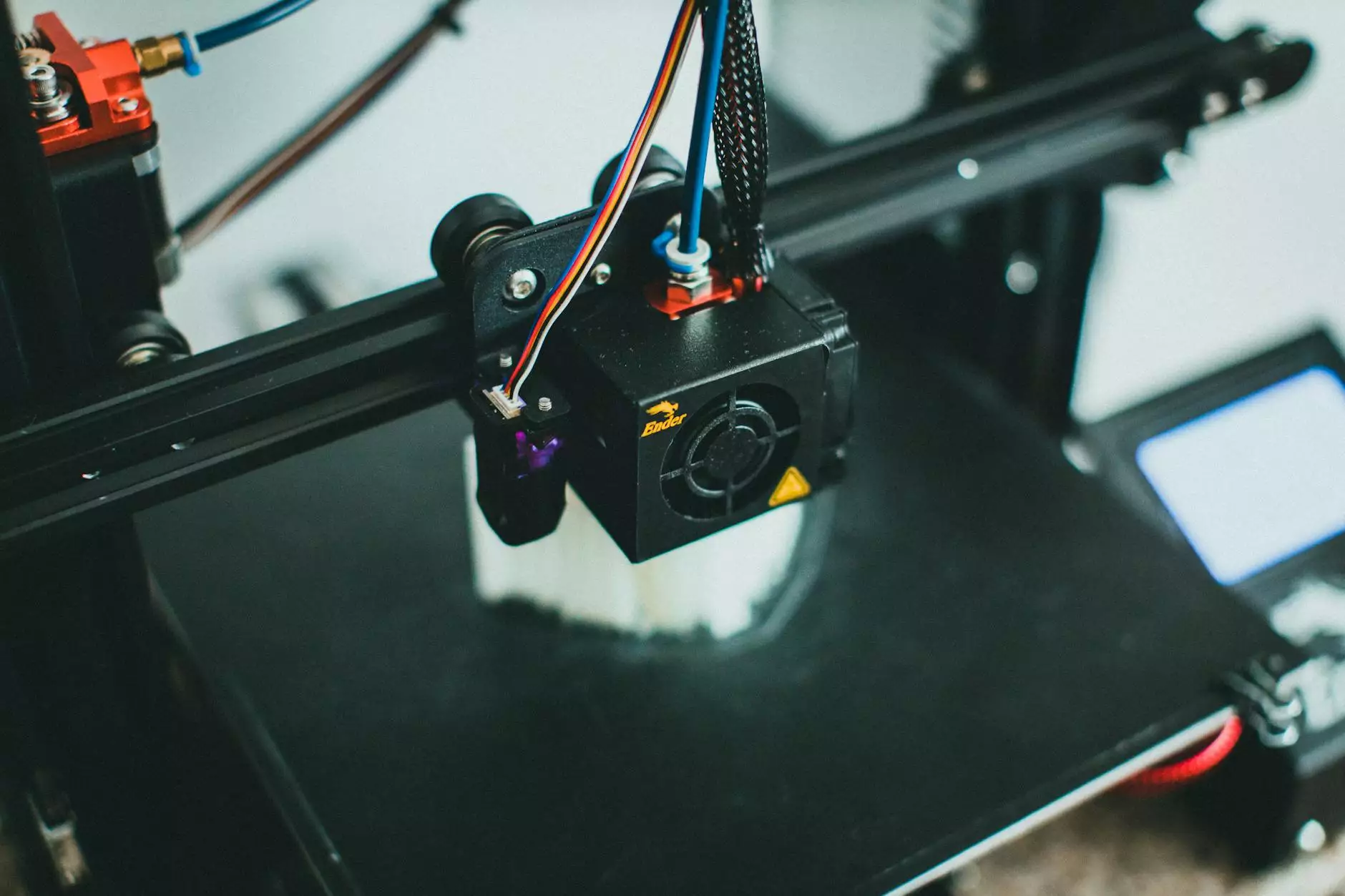The Essential Guide to Security Surveillance Cameras

Security surveillance cameras play an indispensable role in modern business environments, offering not only enhanced safety but also significant peace of mind. As a business owner, ensuring the safety of your property, employees, and customers is paramount. Within this comprehensive guide, we will explore everything you need to know about these powerful tools, how they work, and their benefits to your company.
Understanding Security Surveillance Cameras
Security surveillance cameras are devices that capture video footage of specific areas, helping monitor activities remotely. They come in various types and technologies, each designed for specific applications. Businesses today often deploy these systems for numerous reasons:
- To deter criminal activities
- To monitor employee productivity and safety
- To enhance overall security management
Types of Security Surveillance Cameras
When considering security surveillance cameras, understanding the different types available is crucial. Here’s a closer look at the primary categories:
1. Analog Cameras
Analog cameras are traditional systems that transmit video through coaxial cables. They are typically less expensive but provide lower resolution compared to modern alternatives. However, they can still be effective for basic security needs.
2. IP Cameras
Internet Protocol (IP) cameras send and receive data via a network, allowing for higher resolution images. They are capable of streaming footage in real-time and usually offer advanced features such as remote access and motion detection.
3. PTZ Cameras
PTZ, which stands for Pan-Tilt-Zoom, cameras can move horizontally, vertically, and zoom in on subjects in focus. These cameras are perfect for large areas such as parking lots and warehouses, as they can cover a wide span of space effectively.
4. Dome Cameras
Dome cameras are encased in a protective dome-shaped housing, making them less visible and more discreet. Their design allows for a 360-degree view, which is ideal for monitoring more extensive areas without becoming overly conspicuous.
5. Bullet Cameras
Bullet cameras have a long cylindrical shape and are well-suited for outdoor surveillance. They are often used in entrances and along walls. Their design tends to provide a focused view of a specific area.
Key Features to Consider
When selecting the best security surveillance cameras for your business, there are numerous features to consider. Here are some of the most essential:
- Resolution: Higher resolution cameras provide clearer images. Aim for at least 1080p for effective monitoring.
- Night Vision: Ensure that your cameras are equipped with infrared capabilities for effective nighttime surveillance.
- Motion Detection: Cameras with motion detection can alert you to suspicious activities, allowing you to respond promptly.
- Remote Access: Choose systems that allow you to view footage from your smartphone or computer for added convenience.
- Durability: Consider weatherproof and vandal-resistant models, especially if your cameras will be used outdoors.
Benefits of Implementing Security Surveillance Cameras
The advantages of using security surveillance cameras in your business are manifold. Here are some significant benefits:
1. Crime Deterrence
Visible security cameras can serve as a powerful deterrent to potential criminals. Most individuals are less likely to engage in illicit behavior when they know they are being watched.
2. Evidence Collection
In the unfortunate event of a crime, surveillance footage can serve as vital evidence for law enforcement agencies and can assist in legal proceedings.
3. Enhanced Employee Productivity
Monitoring employee activity can lead to increased productivity. Knowing they are being watched, employees are often more motivated to stay focused on their tasks.
4. Remote Monitoring
With modern security surveillance cameras, business owners can monitor their locations in real-time from virtually anywhere. This is especially beneficial for those with multiple locations.
5. Cost-Effective Security Solution
While an initial investment may be required, security surveillance cameras can reduce the long-term costs associated with theft, vandalism, and loss of productivity.
Best Practices for Installing Security Surveillance Cameras
To maximize the effectiveness of your security surveillance cameras, consider the following best practices:
- Strategic Placement: Install cameras at all entrances, exits, and high-traffic areas to ensure comprehensive coverage.
- Avoid Obstructions: Ensure that no objects obstruct the camera's view to capture clear footage.
- Regular Testing: Regularly test your camera system to ensure it is functioning correctly and update software as necessary.
- Data Storage Solutions: Implement robust data storage solutions, including cloud storage and backup systems, to retain evidence.
Choosing the Right Surveillance Camera System for Your Business
Choosing the right security camera system for your business can be overwhelming due to the vast array of options available. Here's a streamlined approach for making your decision:
1. Assess Your Needs
Evaluate your specific needs and concerns. What do you want to monitor? How many cameras do you need? What areas are most vulnerable?
2. Budget Considerations
Establish a budget that allows you to purchase quality equipment without compromising important features. Remember that investing in quality surveillance can save you money in the long run.
3. Consult Experts
Consider consulting with a security expert who can help assess your unique situation and recommend the most suitable system for your business.
4. Compare Systems
Don't settle for the first option you find. Compare several systems in terms of features, customer reviews, and overall reputation.
The Future of Security Surveillance Cameras
The landscape of security surveillance cameras is rapidly evolving, integrating advanced technologies such as artificial intelligence (AI) and analytics. These innovations promise to enhance security measures further, providing predictive insights and automated alerts based on monitored activities.
As technology advances, businesses must stay abreast of developments to ensure their security systems are effective and up-to-date. The future of surveillance looks promising with capabilities that extend beyond simple monitoring to include proactive security responses.
Conclusion
Security surveillance cameras are essential assets for businesses aiming to protect their assets, monitor employee activity, and deter criminal behavior. By understanding the types, features, and best practices involved in implementing these systems, you can significantly enhance the safety and security of your business.
Investing in a comprehensive security camera system not only provides immediate protection but also contributes to a safer working environment and increased customer confidence. As you explore options, remember to make informed choices to ensure you select the best systems suited for your business requirements.
For more information on how to integrate effective security solutions within your organization, visit Teleco today, where expert guidance on Telecommunications, IT Services, and Internet Service Providers awaits you.









